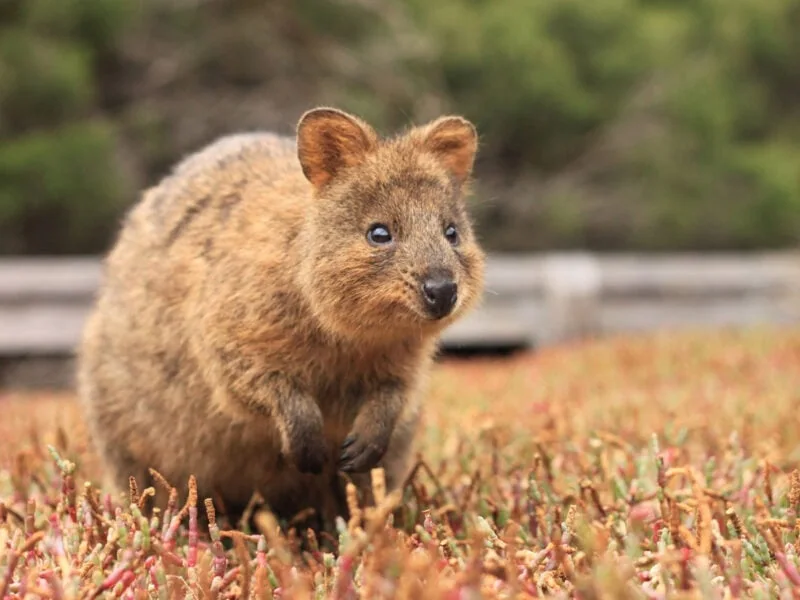
Top Ten Things – The animal kingdom hides some of the planet’s most bizarre and breathtaking lifeforms. From glowing jellyfish to creatures with transparent heads, nature never runs out of surprises. These animals thrive in extreme environments, defy biology textbooks, and often leave scientists puzzled. While they may look alien, each plays a vital role in Earth’s ecosystems.
“Read More: An Entertaining Annual Festival Event for Tourists who want to have Fun in Thailand”
Native to Mexico’s lakes, the axolotl never undergoes full metamorphosis. Instead of becoming terrestrial, it keeps its gills and stays underwater for life. Interestingly, scientists study its rare ability to regenerate entire limbs. Unlike frogs, it doesn’t transform. As a result, its feathery gills and wide grin make it a favorite in labs and aquariums. Additionally, axolotls resist cancer, which is another mystery researchers hope to unlock.
“Read About: Top 10 Simple Habits for a Healthier, Balanced Life”
Found in Central and South America, this frog has translucent skin on its underside. Consequently, you can see its heart, liver, and digestive tract. It hides in rainforests and avoids predators by blending with leaves. Due to its camouflage, glass frogs are hard to spot even with trained eyes. Therefore, biologists use special cameras to track them without causing harm. They remain a symbol of rainforest fragility.
This deep-sea creature uses ear-like fins to “fly” through water. Because of its round body and flapping appendages, it was named Dumbo. Living 13,000 feet below, it survives with low light and high pressure. Notably, it doesn’t ink like regular octopuses. Instead, it floats and waits for food to drift by. Despite its cute look, it’s built to endure Earth’s harshest habitats.
The saiga’s odd, droopy nose helps filter dust during migration. Moreover, it warms icy air in winter. Found in Central Asia’s steppe, the species faces critical endangerment. Previously, poaching and disease nearly wiped it out. Thankfully, conservationists now monitor herds by drone. That peculiar snout isn’t just for show—it’s a life-saving feature in one of the planet’s toughest climates.
Looking like floating seaweed, the leafy sea dragon is incredibly hard to detect. It belongs to the seahorse family and lives off Australia’s southern coast. Because it moves by undulating small fins, it appears motionless in the water. Unlike other fish, it relies on disguise, not speed, for survival. As a result, divers sometimes swim past without realizing it. Its body functions as a living illusion.
This Madagascan lemur taps trees using an extra-long finger to find insects. Historically, locals feared it as a bad omen. Its bony middle digit moves independently and acts like a probe. The aye-aye hunts at night, guided by large eyes and keen hearing. Nowadays, scientists see it as a marvel of adaptation. Thus, from outcast to icon, its image is slowly changing.
Covered in hard keratin scales, pangolins curl into balls when threatened. They’re the only mammals with such armor. Furthermore, they use long tongues to eat ants and termites. Unfortunately, illegal trade makes them one of the most trafficked species. Consequently, global campaigns aim to raise awareness and curb poaching. Their survival depends on stronger protection laws moving forward.